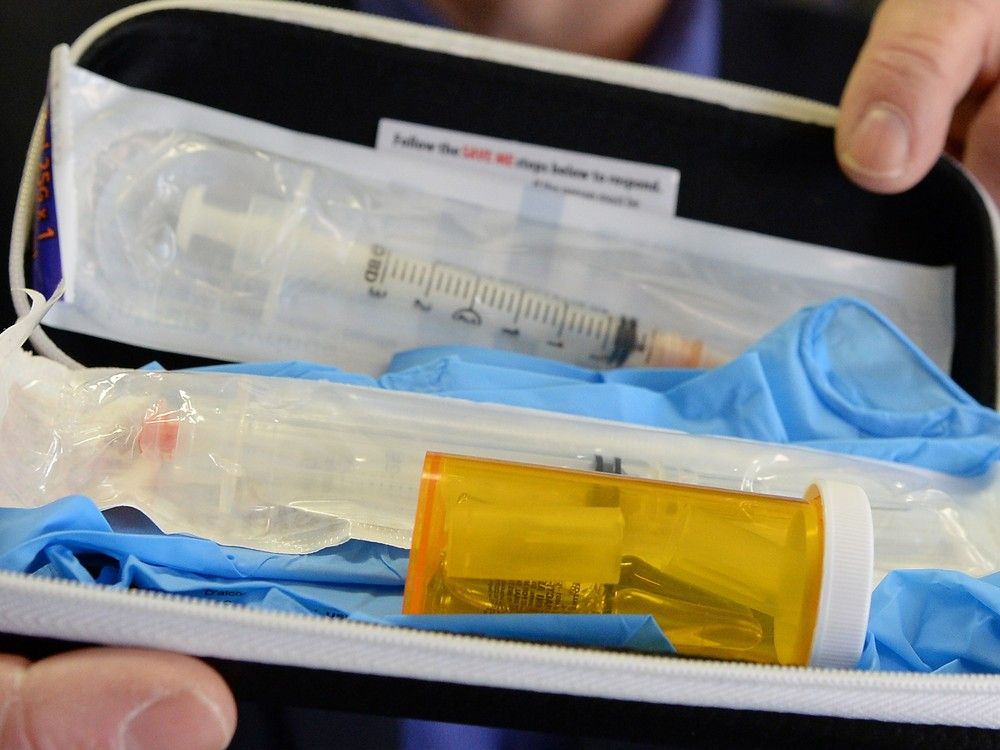
DES MOINES — The definition that public schools use to identify bullying would change under legislation advanced Monday by Republicans on the Iowa Senate Education Committee. Iowa Code now defines bullying and harassment as “any electronic, written, verbal, or physical act or conduct toward a student which is based on any actual or perceived trait or characteristic of the student and which creates an objectively hostile school environment.” Perceived traits or characteristics listed in the code include but are not limited to race, sex, sexual orientation, religion, gender identity, political party preference, age, creed, socioeconomic status and physical or mental ability.
House File 865 would remove these perceived traits and characteristics from the definition. “The problem has become that some schools only believe the behavior qualifies as fully in harassment when the behavior is based on traits listed in the law,” Republican Rep. Sandy Salmon, of Janesville, said.

“Those schools don't believe they are required to act unless the behavior is based on one of the traits listed. Those school officials believe their hands are tied.” Democratic Sen.
Sarah Trone Gariott, of West Des Moines, expressed concern that removing perceived traits and characteristics from the definition of bullying and harassment would make if more difficult for schools to see trends in bullying based on specific characteristics. “We need to be able to respond if we're seeing bullying in a specific category,” Trone Gariott said. “There needs to be training, professional development, education for the students as well.
And so to me, this is taking away some important aspects of our bullying laws, but then also making it so much harder for students and parents to get that bullying reported, because it's raising the threshold.” Sen. Mike Zimmer, a Democrat from DeWitt, said he disagrees with removing characteristics and traits from the definition, but agrees with adding “targeted and repeated” to the law.
During his time serving on the Central DeWitt School Board, Zimmer said having this differentiation would’ve helped determine how to handle different cases of bullying. “A single incident, if the investigation was done, OK, this was a he-said, she-said, and we could deal with that differently,” Zimmer said. “If it was, ‘I told you to stop, you didn't stop,’ and then it just kept going .
.. it took us in a different direction.
” The bill was passed out of the Iowa House in March. It will go to the full Senate for a vote before it can go to the governor for a signature. Iowa’s public universities could not require courses that deal with diversity, equity, inclusion or critical race theory under legislation moving in the Iowa Senate.
House Republicans previously passed House File 269; the bill was advanced by Republicans on a Senate subcommittee. It was scheduled for consideration by the Senate Education Committee later Monday, but was deferred. It still may be considered later this week ahead of a key legislative deadline for bills to be passed out of one full chamber and a committee in the opposite chamber.
The bill is supported by individuals and groups who are generally opposed to diversity, equity and inclusion programs in government or public education. They claim the programs are divisive. Defenders of diversity, equity and inclusion programs and curriculum and opponents of HF 269 say the programs have become unfairly vilified.
President Donald Trump has begun his address to Congress and the American people, laying out his plans for the months ahead. Trump said he's stamped out diversity and inclusion initiatives nationwide. “Our country will be woke no longer,” Trump said.
Halloween is just around the corner. But did you know that October is also Bullying Prevention Month ? Now is the perfect time to examine how bullying has evolved in schools. For example, this case of a boy being bullied about his Halloween costume highlights how easily an occasion that should be festive can turn into one of bullying.
While data from the National Center for Education Statistics, or NCES, reports that bullying has gone down in recent years, it still has serious negative impacts on educators, parents, and especially students, Study.com reports. Methodology: Study.
com investigated NCES data to get a clearer picture of how bullying has changed from 2004 to 2022. The data shows significant shifts by school type, grade level, and urban vs. rural settings.
Understanding these patterns can help educators and policymakers better target prevention efforts and create safer environments for students. Additional data comes from NIH and Today.com .
The percentage of students aged 12-18 who report bullying has seen a general decline over the past two decades. In the 2004-05 school year, for example, 28.5% of students reported being bullied.
In the 2006-07 school year, this figure peaked at 31.7%. The percentage of students reporting being bullied steadily dropped, eventually falling to 19.
2% by the 2021-22 school year. The largest decrease, however, occurred between 2010-11 and 2012-13, when rates fell from 27.8% to 21.
5%. The most reported types of bullying in 2022 were being the subject of rumors (13%) and being made fun of, called names, or insulted (12%). The gradual decrease in bullying may suggest that anti-bullying campaigns and interventions have started to work.
However, this trend obscures important differences across demographics, school types, and regions. Both male and female students have reported fewer bullying incidents over the last two decades. However, female students consistently report higher rates overall.
27.5% of male students and 29.7% of female students reported being bullied during the 2004-05 school year.
By the 2021-22 school year, those numbers had dropped to 16.7% for male and 21.8% for female students.
The largest reported decrease in bullying occurred after the 2010-11 school year, when rates dropped from 31.4% to 23.7%.
Despite these declines, female students still face higher levels of bullying, which may reflect differences in how bullying manifests for boys and girls, with social and emotional forms of bullying more commonly reported by girls. The locations where bullying occurs have remained largely consistent, with certain school areas more prone to incidents than others. Hallways and stairwells are consistently reported as the most common places where bullying takes place, followed by classrooms and outside on school grounds.
Bullying rates differ by school location. In 2021-2022, 23.8% of students in rural schools reported being bullied, compared to 19.
0% in urban schools and 16.8% in suburban schools. A student's geographic location may also influence where bullying happens: Bullying varies significantly between public and private schools, as well as urban, suburban, and rural settings.
Public schools tend to have more consistent bullying reports across all locations, while private schools—especially Catholic and nonsectarian schools—show higher variability. This could be due to differences in student population sizes, school culture, or reporting practices. Bullying tends to be more common in lower grades, particularly in middle school, before tapering off in high school.
While bullying rates have generally declined, there are clear hotspots—both physical locations within schools and specific demographic groups—that still require attention. Hallways, stairwells, and classrooms remain the most common sites for bullying, and female students, rural students, and those in middle school are disproportionately affected. Moving forward, targeted bullying prevention programs should focus on improving supervision in these common bullying areas and providing specialized interventions for the most affected groups.
With more consistent anti-bullying efforts, particularly in areas with the highest rates of variability, such as private and rural schools, the hope is that bullying rates can continue to decline. Understanding where and how bullying happens is crucial to crafting effective prevention strategies. With this knowledge, schools can take the next steps to ensure that all students feel safe and supported—whether it's Halloween or any other day of the year.
This story was produced by Study.com and reviewed and distributed by Stacker Media. Stay up-to-date on the latest in local and national government and political topics with our newsletter.
.















